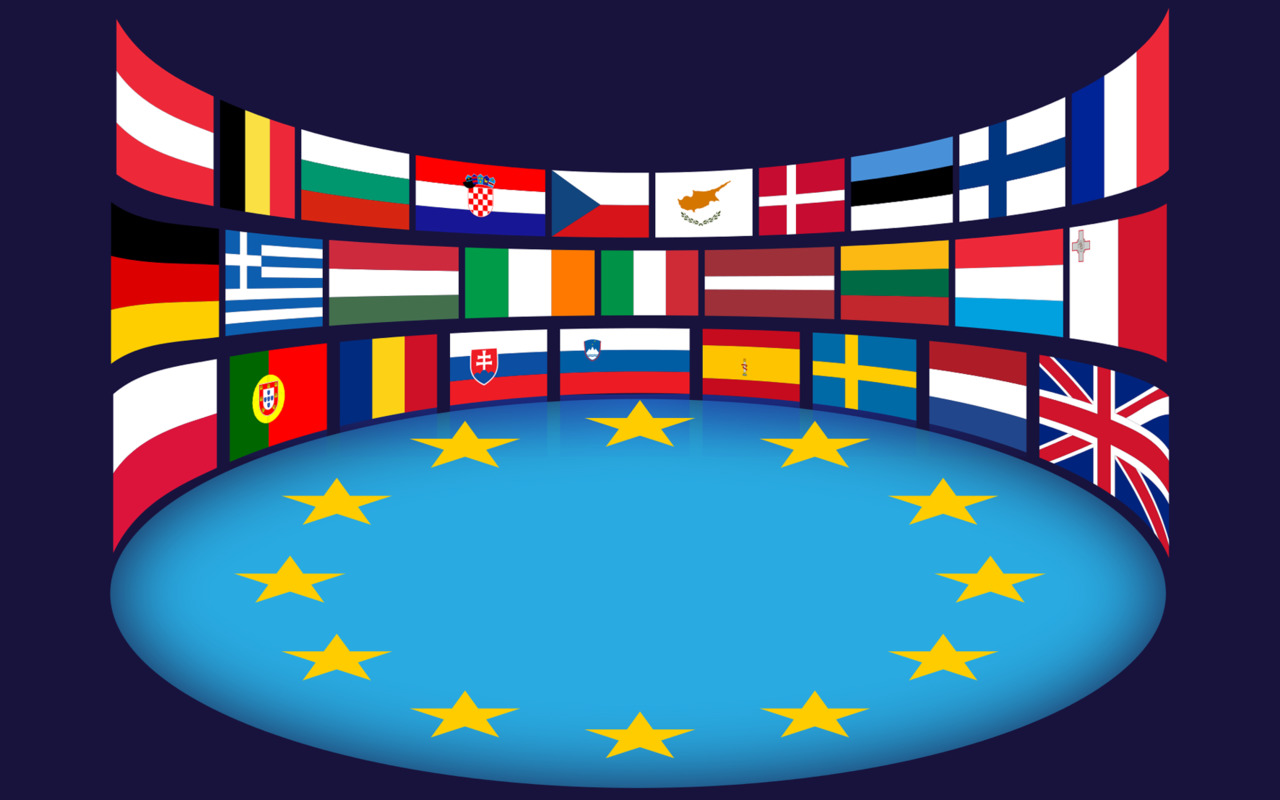
In «Decline of Europe: An Analysis of the Last Decade,» the author offers a comprehensive examination of the multifaceted challenges facing Europe over the past ten years. This thought-provoking work delves into the political, economic, and social dynamics that have contributed to a perceived decline in European influence and stability. Through a critical lens, the book explores key events, such as the rise of populism, economic crises, migration issues, and the impacts of Brexit, while also considering the implications of these developments on the European Union’s cohesion and future.
Drawing on a wealth of data, expert interviews, and case studies, the author provides readers with a nuanced understanding of the complexities surrounding Europe’s current situation. The analysis not only highlights the obstacles that lie ahead but also presents potential pathways for recovery and revitalization. This book is essential reading for scholars, policymakers, and anyone interested in the current state and future of Europe in an increasingly interconnected world.
Decline of Europe: An Analysis of the Last Decade
Chapter 1: Economic Challenges
1.1. Financial Crises and Their Consequences
Since the onset of the global financial crisis in 2008, Europe has faced significant economic challenges that have had long-term impacts on its economies. The crisis, triggered by the collapse of the mortgage market in the United States, quickly spread to European countries, leading to a downturn in the banking system and a sharp decline in economic growth.
Short-term Consequences:
Immediately following the crisis, many European countries experienced a contraction in GDP, rising debt levels, and increased budget deficits. Nations such as Greece, Spain, and Portugal found themselves at the epicenter of economic collapse and were forced to seek financial assistance from international organizations like the International Monetary Fund (IMF) and the European Union (EU). Consequently, this led to the implementation of severe austerity measures, exacerbating social problems and protest movements.
Long-term Consequences:
The economic repercussions of the crisis are still felt today. The recovery of economies has been slow, and some countries have yet to return to pre-crisis growth levels. Growing debt, low-interest rates, and a lack of investment have become persistent issues. Furthermore, the crisis deepened the economic divide between Northern and Southern Europe, creating debt dependency and instability in certain regions.
1.2. Economic Inequality
One of the most concerning outcomes of the financial crisis has been the increase in economic inequality across Europe. Various studies indicate that the gap in income and wealth has widened significantly, raising alarms among economists and policymakers.
Growth of Inequality:
Income inequality has become particularly acute in the countries hardest hit by the crisis. While wealthier segments of the population have recovered, many working-class and low-income families continue to face financial hardships. Significant discrepancies in income levels exist between different regions as well as between urban and rural areas. This leads to social tensions and discontent, especially among youth who are struggling in the job market.
Regional Disparities:
Eastern and Southern Europe remain the most vulnerable regions, where unemployment rates are higher and opportunities for social and economic advancement are limited. Meanwhile, more developed countries, such as Germany and the Nordic countries, demonstrate lower levels of inequality; however, even in these areas, there is a growing sense of social discontent related to migration and integration.
1.3. Unemployment and Labor Migration
Unemployment, particularly among youth, has become one of the most serious issues facing European countries. Youth unemployment reached catastrophic levels in some countries, such as Spain and Greece, where nearly one in two young people was without work.
Impact on Youth:
The high level of unemployment among young people not only leads to economic difficulties but also has long-term implications for their future. Young individuals lacking access to stable employment face risks of social isolation, depression, and skill erosion. This creates a generation that may become trapped in poverty and unemployment, which in turn affects overall economic dynamics.
Labor Migration:
In the context of high unemployment, many young people have begun seeking opportunities beyond their national borders. Labor migration has become a widespread phenomenon, leading to a brain drain and loss of workforce from countries with limited economic prospects. While migration can help address labor shortages in other nations, it also creates additional challenges for the regions from which people migrate, exacerbating existing social and economic problems.
Thus, the economic challenges facing Europe are multifaceted and require comprehensive solutions. It is crucial for policymakers and society to work together to create sustainable economic models that promote growth, reduce inequality, and ensure decent working conditions for all citizens.

Бесплатный фрагмент закончился.
Купите книгу, чтобы продолжить чтение.
